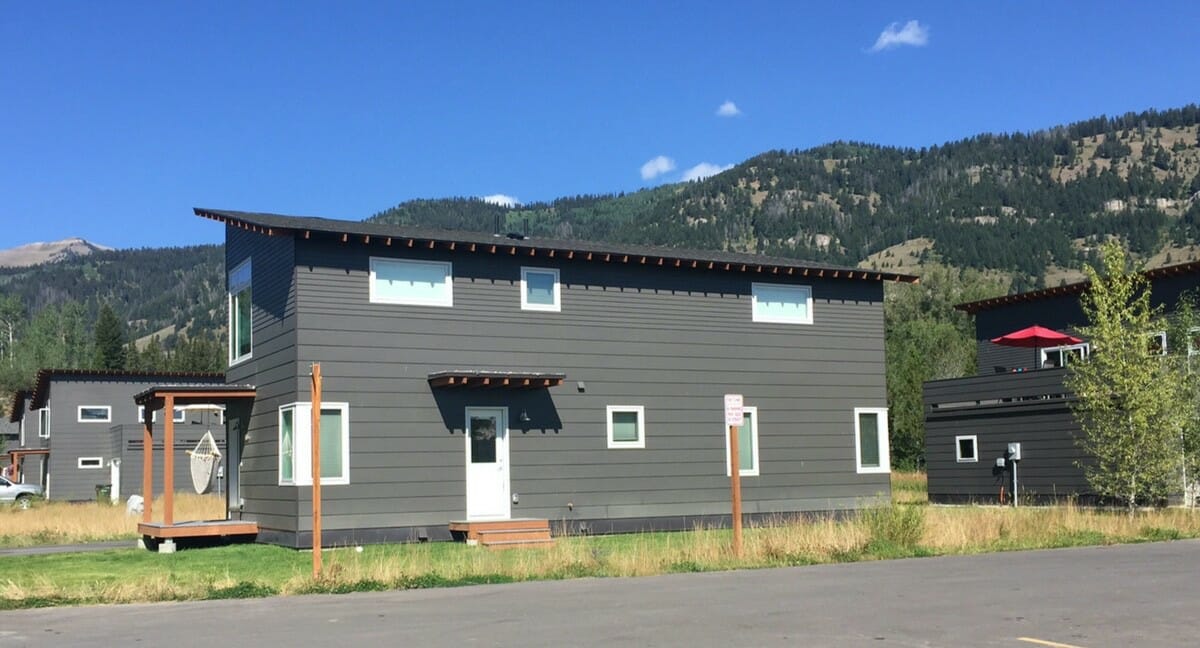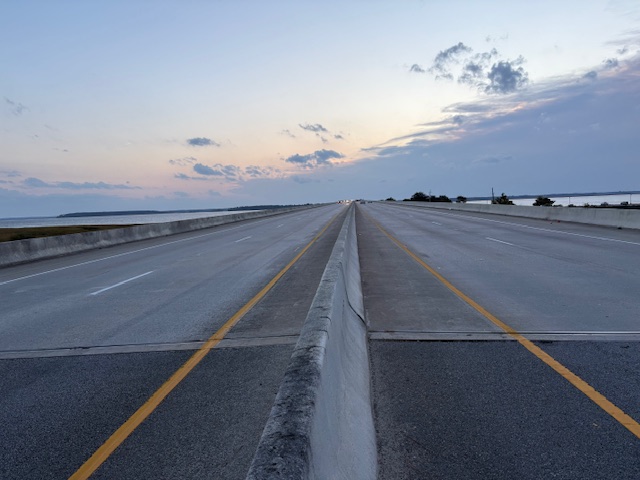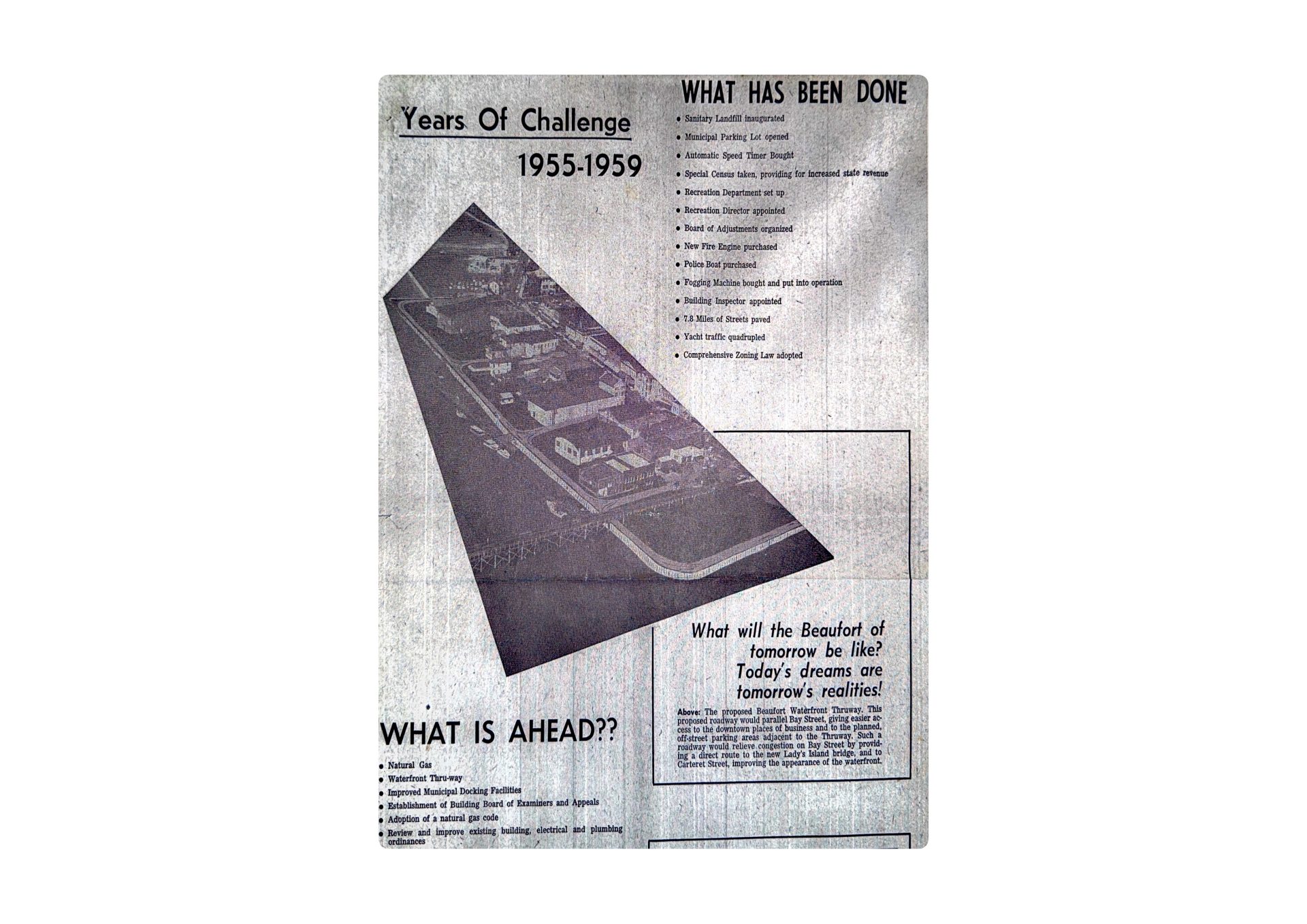By Bill Rauch
The campaign of Pete Muldoon who is running for mayor of Jackson, Wyo., the county seat of Teton County that is home to the spectacularly beautiful Teton Valley/Jackson Hole area, is using “Fighting for the SOUL of the HOLE” for his campaign slogan this year.
Fighting for your town’s soul certainly sounds like a good thing for a mayor to do, but what exactly would a mayor do to do that?
Teton County is the county in the United States that has the highest per capita income in the country. The county’s population of 22.930 enjoyed a 2014 per capita income of $194,485, well ahead of No. 2 Manhattan’s (New York County) at $148,002, according to the U.S. Bureau of Economic Analysis’ most recent numbers.
By way of comparison, Beaufort County’s per capita income is about 20 percent of Jackson’s. But when considering the differential it is important to remember that Wyoming is a no-state income tax haven, and because of that Jackson has attracted a top 1 percent that is way wealthier than Beaufort County’s top 1 percent.
In fact, Jackson’s soul – and Jackson’s challenges – are not so different from Beaufort’s.
There are lessons to be learned in Beaufort County from Teton County. There are glimpses there of Beaufort County’s future.
It appears the money has brought problems there and it appears there may not be the money to solve those problems.
But let’s start with drilling down on Jackson’s soul.
Ray Elsner, 14 years as the chairman of the town’s Planning Commission, defined it like this last week: “Ranching, dude ranching, and a small town where everybody helps each other out.”
That doesn’t sound so different from a shrimping, farming small town where folks help one another out.
How’s the money changing it?
“Well, you have these homeowners from all over the world who ski in the winter and who hike and bike and go to yoga in the summer,” Elsner explains. “They maybe sleep here six to eight weeks a year. And they expect the ambulance or the fire engine to be there when they call 9-1-1, or a chopper to pick them up when they wrench their knee up on the trail … which gets expensive. Fire and EMS used to be volunteer. Now those are paid positions. First responders have to live somewhere. But there isn’t anywhere. You can’t buy a detatched house in Jackson for less than a million dollars. The skiers and the hiker/bikers already bought them all.”
So what can a mayor do to help preserve his town’s soul?
After all the rhetoric, what the governments have so far considered doing are three things: build workforce housing, provide public transit to and from areas outside the county where workers can still afford to live, and facilitate museums and cultural organizations that recall and explain what the area was before it became what it is today.
The town and county have taken steps in each of these directions.
Between the town, the county, the school district, the federal government and the hospital, 1,450 workforce units have been built in Jackson over the past 20 years. And, if the rhetoric of town and county candidates’ running in the current election cycle can be believed, the governments will build more.
Moreover, the town may require via its zoning ordinances that new “luxury homes” in Jackson also build a “caretaker residence” on the premises. And the governments may begin soon to encourage private developers to put workforce housing on the second floor of office buildings, including government buildings.
But the government cannot build housing for everyone who cannot buy a million dollar house.
It will need public transit to and from at least two nearby counties where housing is still affordable to those working in Jackson’s food service, lodging and government sectors.
There is currently public transit in Teton County, primarily in the form of buses to transport skiers and hiker/bikers to and from the slopes. Southern Teton Rapid Transit (START) runs the buses. Candidates running this year say they’ll work to improve the limited commuter service START currently offers to the outlying counties.
And finally the Jackson Hole Historical Society and Museum, located on Jackson’s main street and with a Conestoga wagon on its roof, and the town’s two-nights-a-week rodeos seek actively to display to residents and visitors alike glimpses of the town’s past.
Will these efforts preserve the town’s soul? And will the governments’ leadership have the enduring will to try more?
Top photo: Eleven of these two-story, free standing units were built recently by the Teton County School District to house teachers and administrators working for the district. The town’s Housing Authority administers the program.





